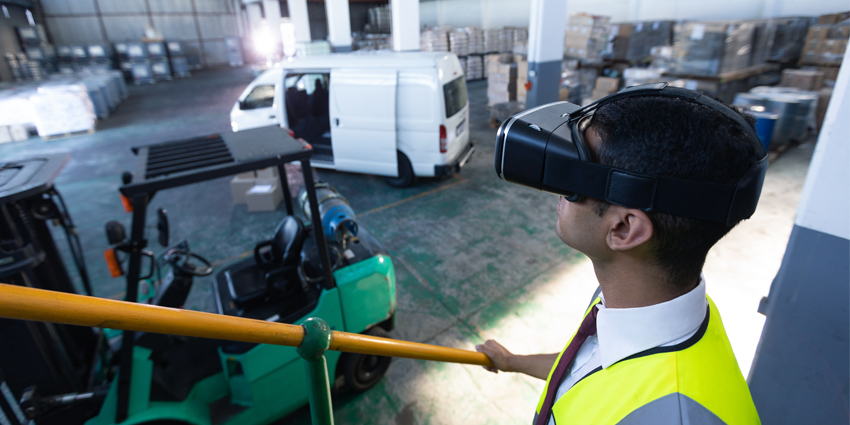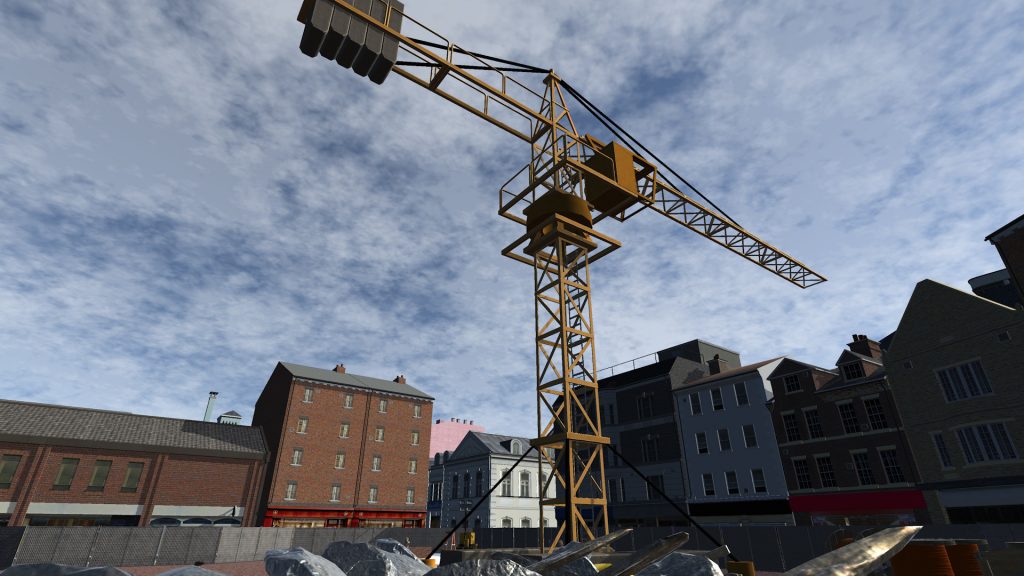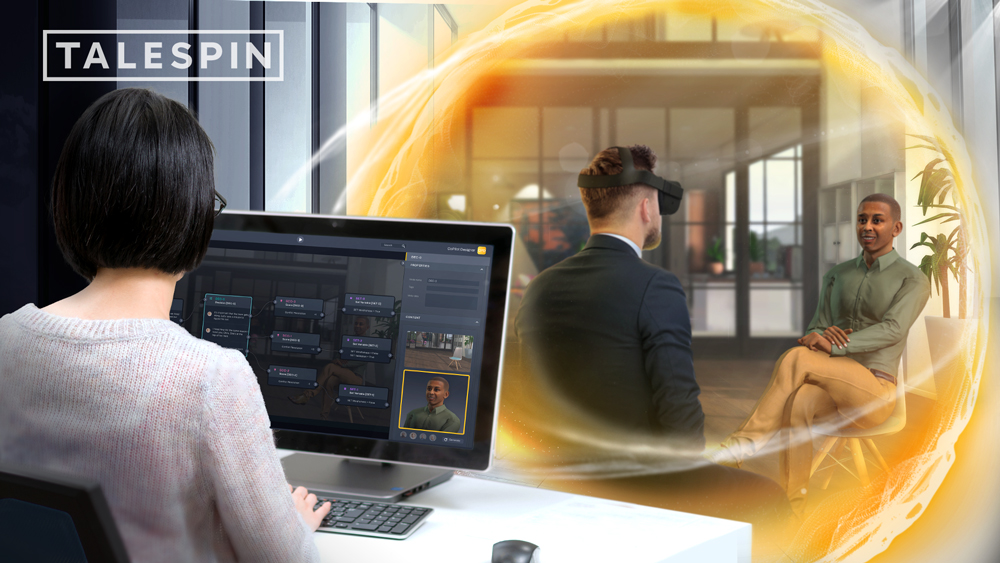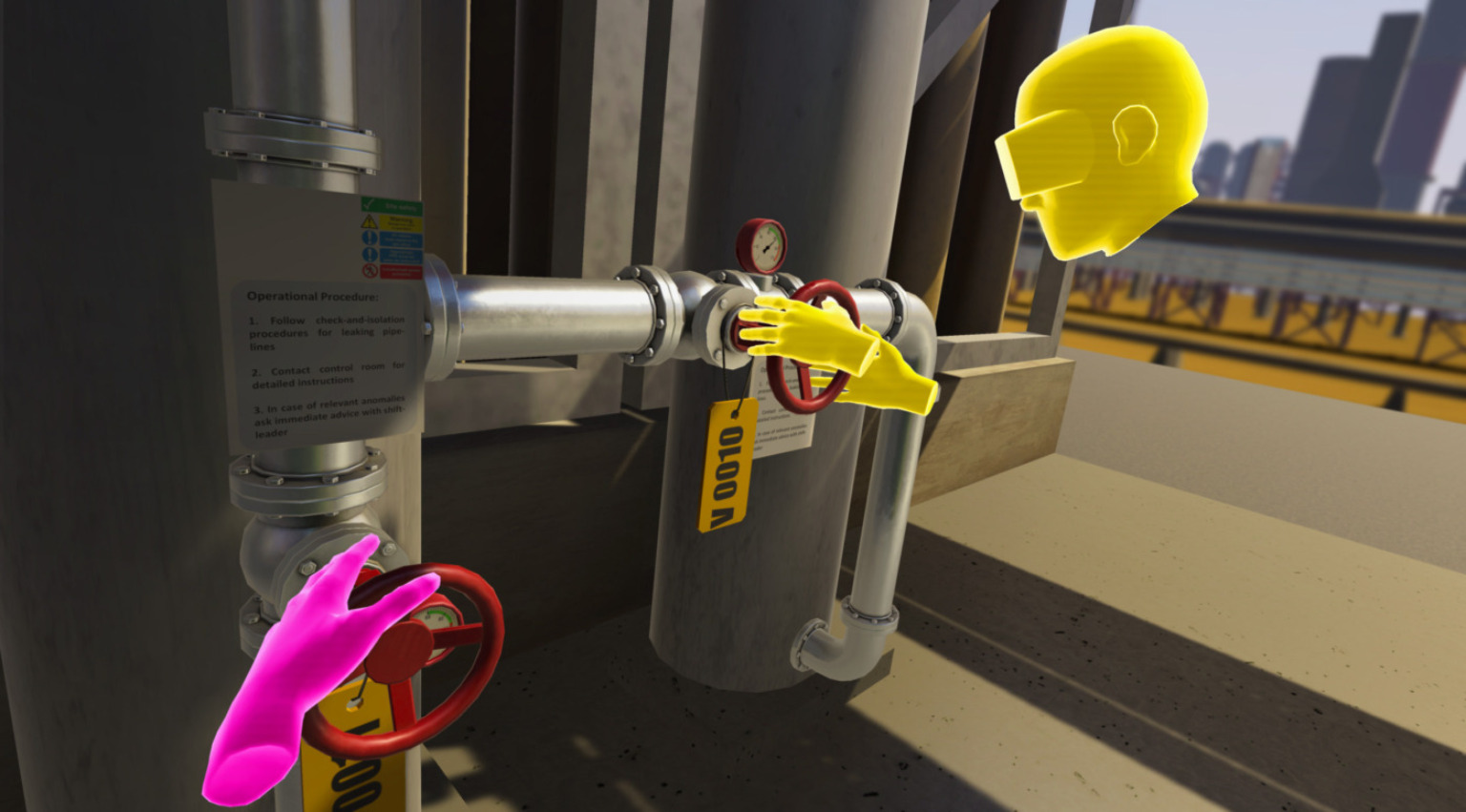Using immersive solutions to enhance enterprise opportunities
By 2026, the market value of extended reality (XR) is set to reach a phenomenal $397.81 billion, demonstrating the rapid increase in demand for disruptive immersive tech.
With extended reality, companies from all industries can access everything from enhanced training opportunities to better customer service solutions.
In the field services landscape, the XR space offers a valuable way to bring experts together in a safe, secure, and creative environment. XR can transform the way specialists interact with customers, examine potential problems in a system, and deliver results. Plus, with things like Augmented Reality smart glasses on the rise, there are increasing opportunities for hands-free XR too.
Today, we’re going to be looking at just some of the most significant use cases for extended reality within the field services space.
Improved Education
Training and learning opportunities represent one of the biggest use cases for extended reality in all industries. In areas like field service, where employees need help with everything from supporting complex customers, to keeping safe on the move, the right training is essential.
Through extended reality tools, professionals in field service can learn how to handle complex requests quickly and conveniently, so they feel more confident on the field.
Training can also provide a way for staff to sidestep potential dangers and discover new upselling and cross-selling opportunities to improve business revenue.
For instance, warranties are considered to be one of the major factors responsible for generating additional revenue in the field service industry, with 93% of warranty professionals saying warranty chain management is crucial to business performance.
A training system could show employees how to recognise opportunities to upsell warranties and increase profitability by reading customer sentiment in the moment.
Enhanced Customer Experiences
Customers are growing increasingly demanding in today’s digital landscape. They expect instant access to solutions to their potential problems.
What’s more, many of the issues faced by customers are far more complex than they once were. This places significant pressure on field service professionals to perform according to the latest expectations.
Extended reality tools can help with improving customer experiences in a range of different ways.
For instance, using augmented reality, field service technicians could potentially troubleshoot and remotely evaluate an issue from a machine without having to travel to the customer’s destination. The same tools can help that agent to walk the customer through the process of conducting their own fix as quickly as possible.
When field service professionals are out on the field, access to augmented reality smart glasses can make it easier to find a range of crucial pieces of information to solve problems at speed.
It’s even possible to reach out to team members and specialists for help in the moment. According to some studies, augmented reality and remote support tools can prompt an up to 30% improvement in core customer satisfaction rates.
Remote Work Opportunities
Remote work has become an increasingly popular concept in the last couple of years, following the restrictions and challenges of the pandemic.
While field service professionals have always worked in a flexible landscape, augmented and virtual reality could make this environment even more flexible. For instance, with AR smart glasses, a team of professionals could work together on the same issue, with only one person needing to be present on the floor.
Augmented reality glasses with streamed video can provide users with access to valuable insight from specialists and remote triage teams.
This helps to minimize the amount of risk technicians face when they’re dealing with a complex issue. Remote technology powered by augmented reality can also help technicians to see what customers are seeing from a distance and solve problems without having to visit the site in-person.
Augmented reality and remote troubleshooting solutions could significantly reduce the need for in-home visits. With the rise of technologies like 5G and IoT on the horizon, these opportunities will only continue to evolve.
Stronger Team Collaboration
Collaboration is essential for any team to thrive. In the field services landscape, however, dispersed and distributed team members has often made it harder for professionals to work effectively together.
As briefly mentioned above, extended reality environments allow teams to access assistance from professionals and colleagues wherever they are.
With virtual reality, teams can work together on innovative new products and processes or create and explore digital twins of products. With mixed and augmented reality, staff members can more easily access the guidance of their team members on the move too.
When dealing with a complicated device, for instance, a staff member could stream video back to a professional located in a completely different country for guidance.
Extended reality can also help with managing the distributed workforce, allowing business supervisors and managers to step in and offer guidance whenever necessary, with full access to the context of the situation.
The Lockheed Martin company reduced onboarding and training time by 60% and increased new staff member proficiencies by up to 70% using AR.
Improved Employee Experiences
While improving customer experiences is a crucial consideration for any company right now, it’s also important not to underestimate the importance of employee experience.
Happier employees are often more productive than their counterparts and more capable of completing a wide range of challenges. With extended reality, team members have access to more of the tools they need in the moment to work more efficiently.
Staff can access important procedural and process information in an instant, while maintaining hands-free functionality to deal with complex tasks.
Wearable AR devices like smart glasses are particularly useful for ensuring staff can easily access information without having to load up an app on a phone or tablet. Because staff can address complex tasks faster and with fewer issues, they’re more likely to enjoy their work.
Companies can even use information gathered from XR analytics to track the performance levels of team members, as well as their engagement, efficiency, and their overall satisfaction at work.
Quelle:




